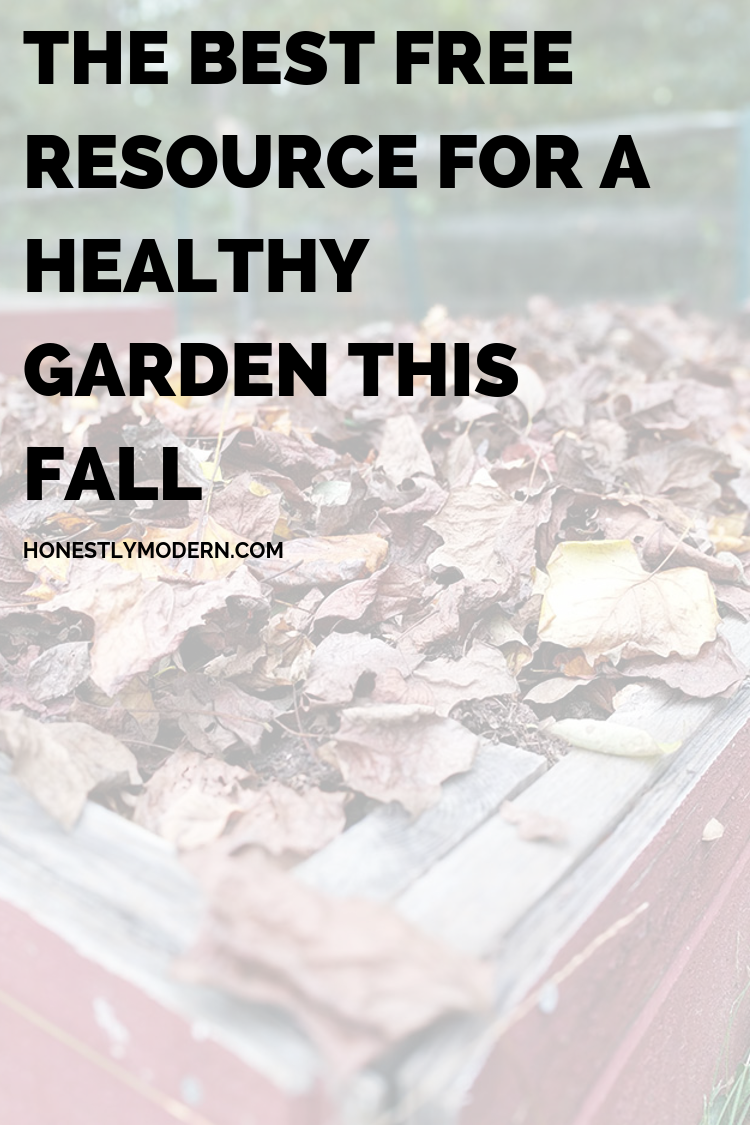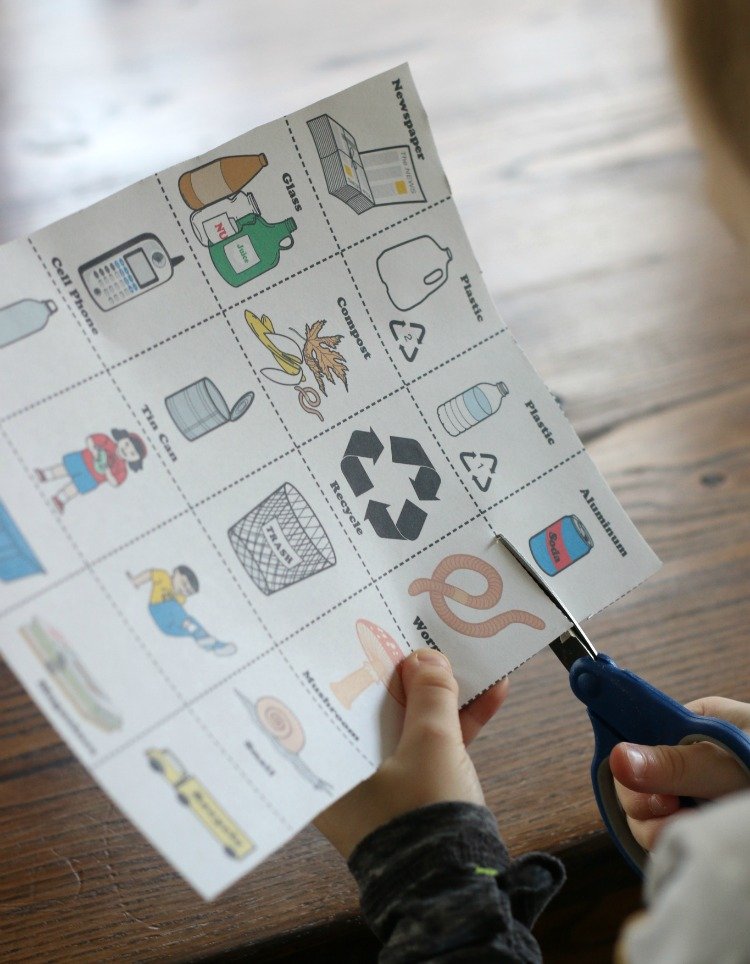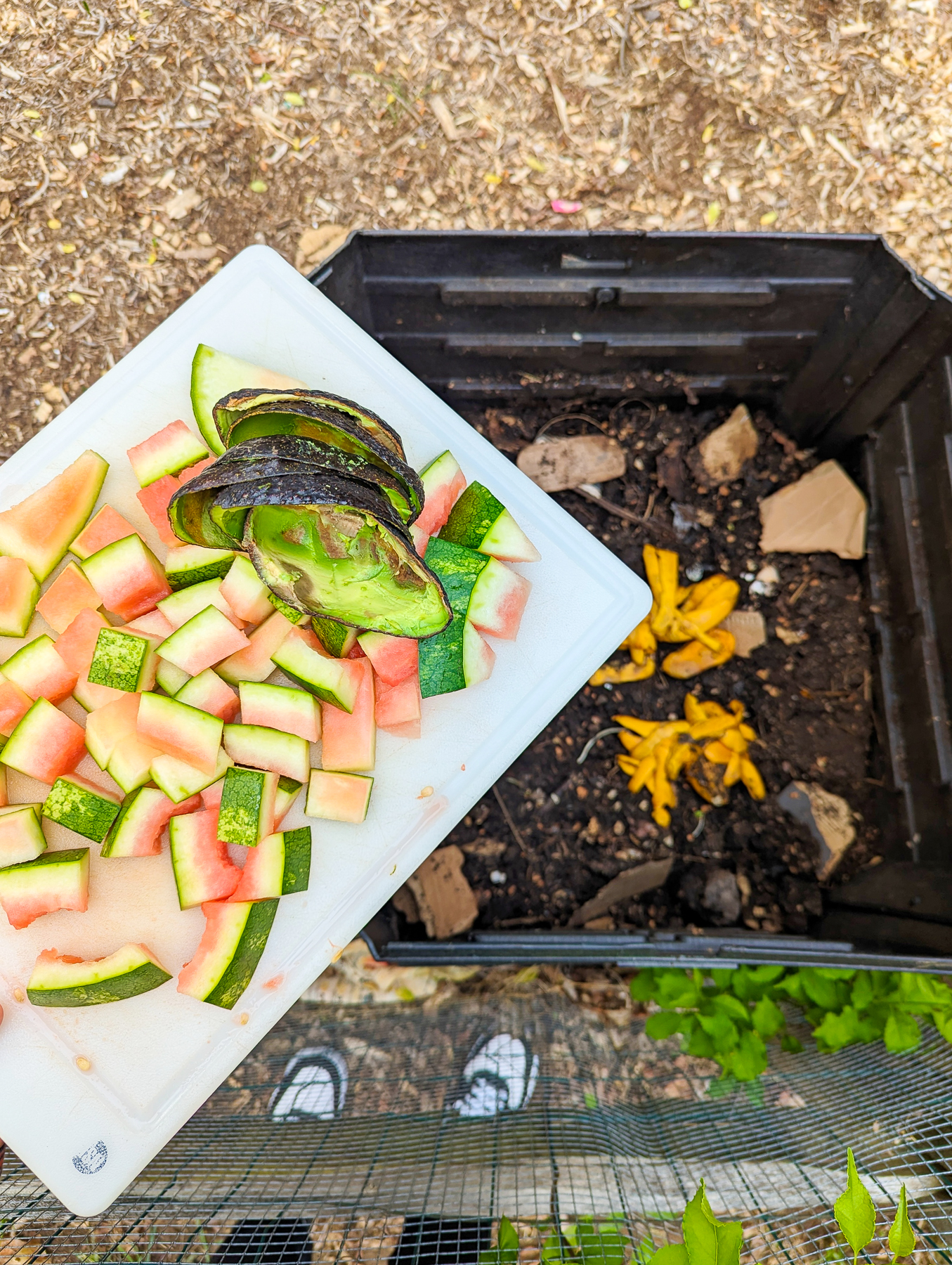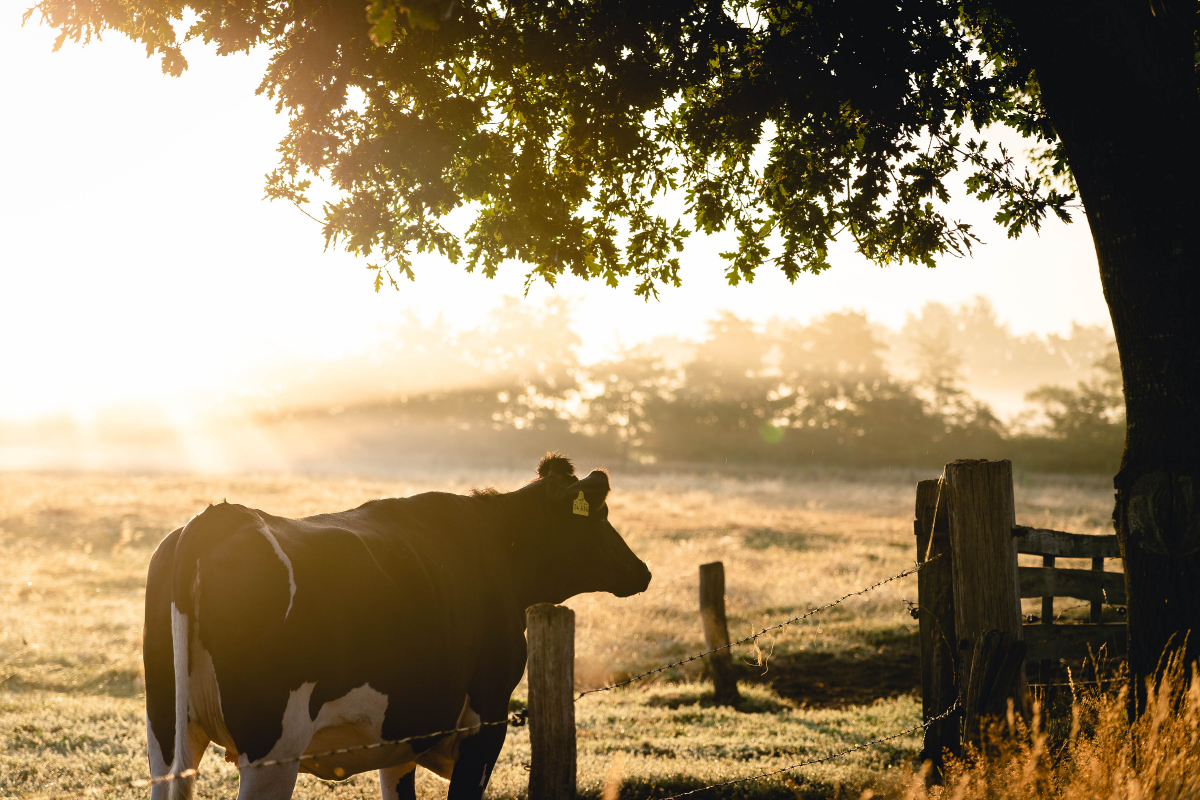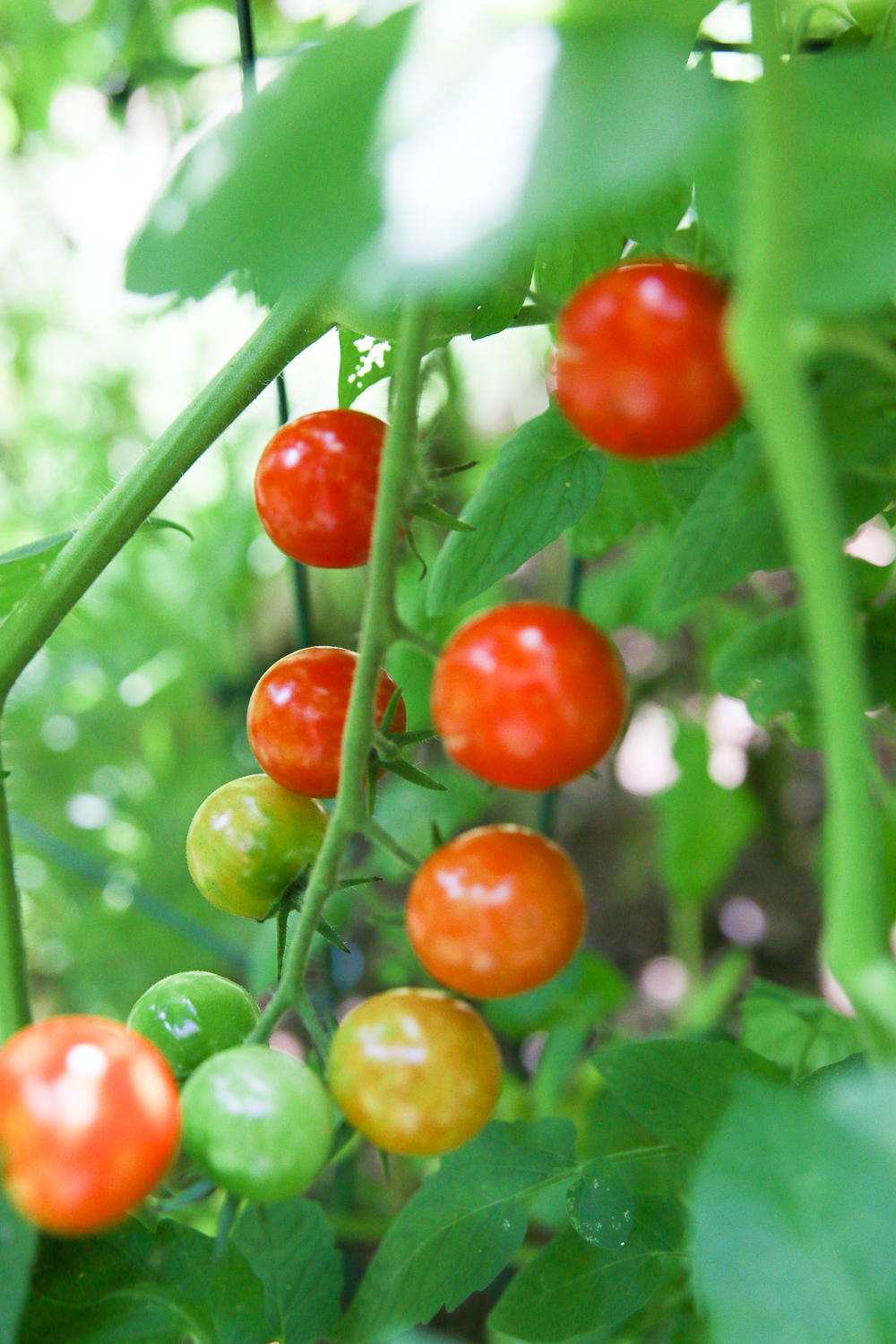The Best Free Resource For a Healthy Garden This Fall
Don’t toss your fallen leaves this autumn. Let them feed your soil and participate in a free and easy act of regenerative living to help the planet.
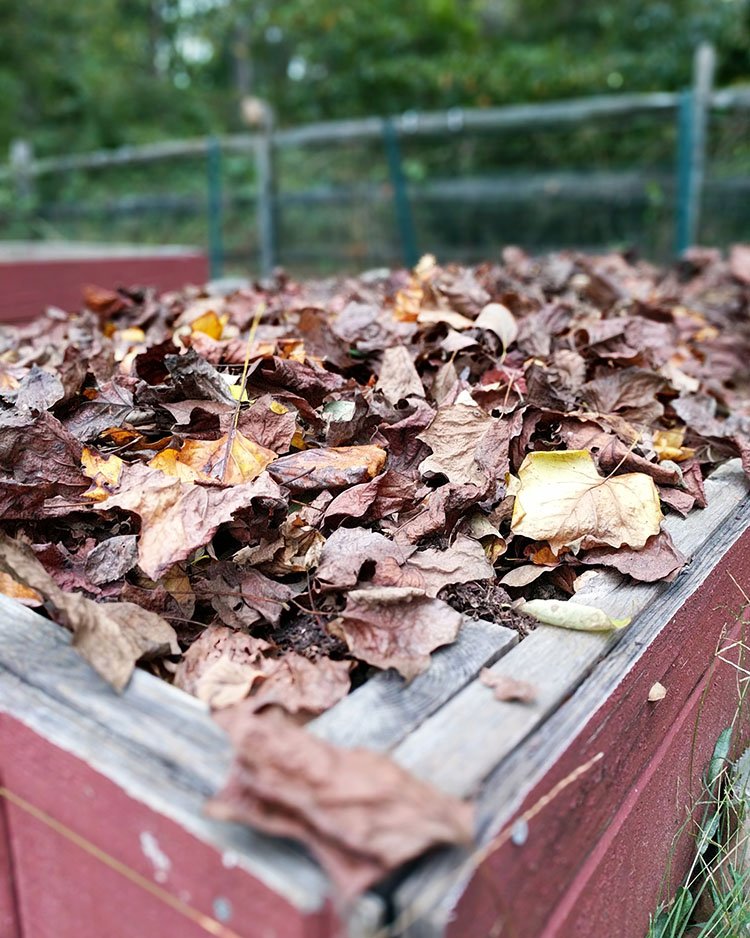
As the leaves drop from trees this fall, embrace it. Do not toss them in the trash! Fallen leaves are the best friend of your garden and healthy soil, even if it’s just the soil beneath your lawn.
Nature knows exactly what it’s doing when it drops all those leaves on the ground. Did you know that leaves are comprised mostly of carbon? To grow, trees consume carbon dioxide; something many of us know from elementary school science class. They are the ying to our yang of beath and air when they “breathe in” carbon dioxide, which humans exhale, and exhale oxygen so we can inhale it.
Trees provide for us in many more ways than just putting oxygen into the air so can we can breathe, as important as that may be. For example, when consuming carbon dioxide, trees reduce the amount of carbon in the atmosphere. Carbon dioxide is one of the sources of global warming and climate change, and trees naturally remove carbon dioxide from the atmosphere thus reducing global warming.
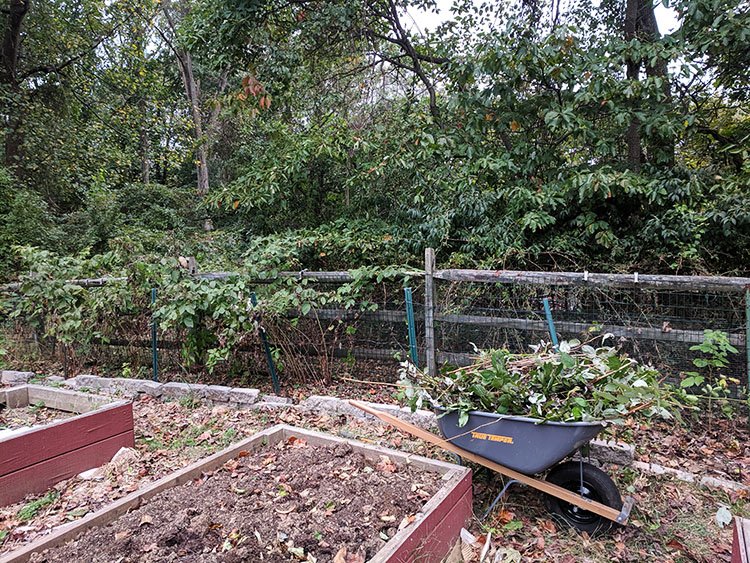
The changing leaves of fall also offer a climage change solution. As fallen leaves sit on the ground, they begin to decompose. Because leaves are made from carbon, the carbon in the leaves enters the soil. The carbon feed microorganisms that live in the soil and do the hard work of making soil healthy and diverse. Healthy soil produces healthier and more nutritious plants, vegetables, and fruits. We can thank the leaves for feeding our soil well.
More carbon in the soil also means less carbon in the atmosphere, another assist from the friendly trees for reducing global warming. Furthermore, healthier soil holds more carbon, which feeds more plant growth, which absorbs more carbon and sends it into the soil. It’s a wonderful, self-fulfilling cycle.
Letting leaves decompose into gardens and lawns is a big boost to the soil and environmental health overall.
A healthy layer of leaves also helps prevent weed growth. This past summer, certain walkways in my garden that had no leaf coverings became home to tall wild grass and weeds. The pathways covered in a few inches of leaves from last fall, on the other hand, sprouted very few weeds. Instead, the soil under the leaves remained damp and rich as the bottom layer of leaves decomposed while the leaves on top prevented soil erosion and helped the soil retain water.
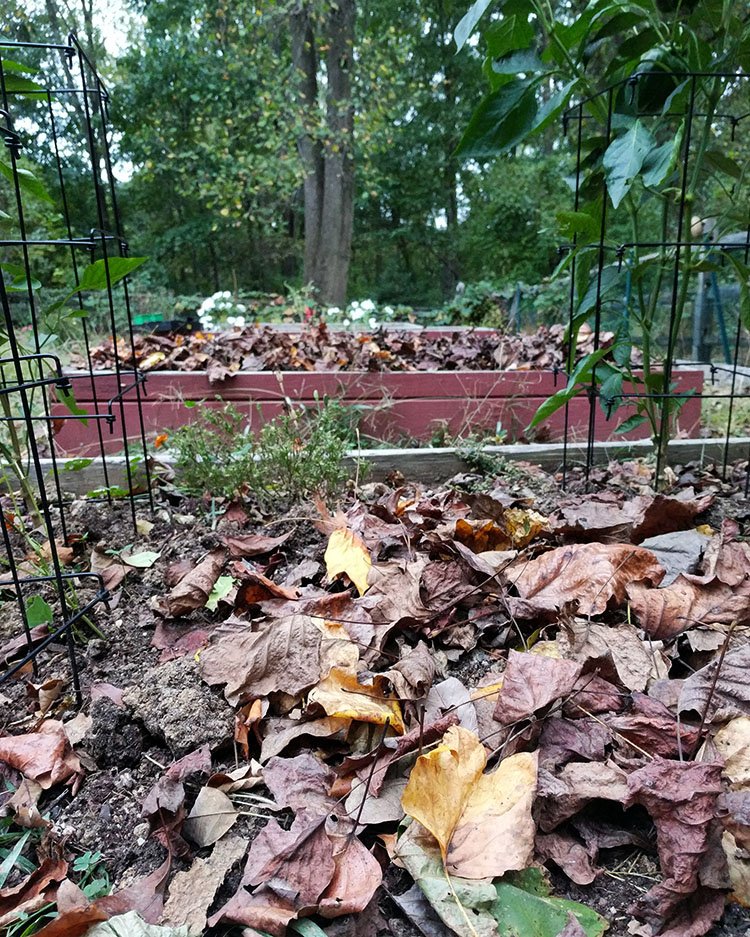
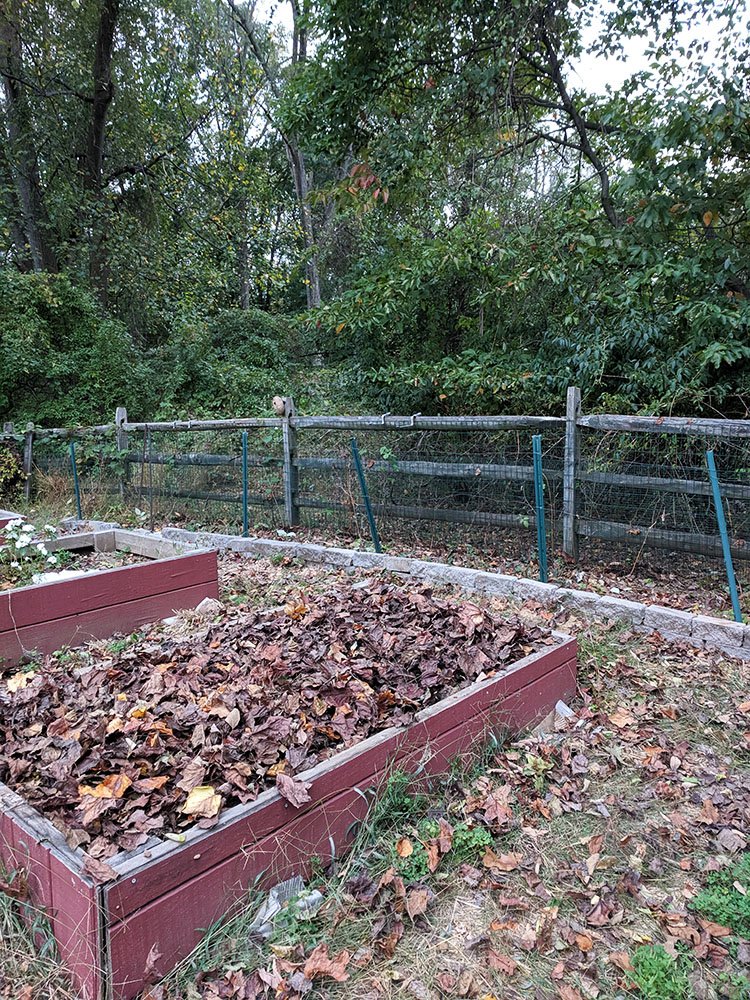
If you have lots of trees or find that the leaves become a burden, you can mow them like you mow your lawn. The mower chops up the leaves into smaller pieces that fall deeper into the grass and decompose more quickly, feeding your grass a healthy dose of nutrients and carbon that helps it look better. Healthy soil holds more water, thus making it more drought-resistant. It also has more healthy bacteria and microorganisms that deter or fight off bad bugs and bacteria.
If you prefer to rake up your leaves, pile them up in a corner of your yard and let them sit until next summer. Over several months, the leaves decompose and turn into a nutrient-rich compost that’s perfect for feeding gardens and even refreshing the soil of indoor plants.
No matter how you handle your leaves this fall, be sure not to toss your leaves in the trash. Although organic matter decomposes wonderfully on its own with plenty of oxygen, it causes problems in landfills. Organic material, which includes yard waste and food waste, doesn’t decompose properly in the landfill; it doesn’t have enough oxygen because it’s buried under all the other junk. Consequently, it releases methane, a global-warming gas that’s more harmful than carbon dioxide.
If you’ve ever walked through the woods, you’ve probably noticed the soft, squishy feeling of a forest floor. That’s a sign of really healthy soil sitting under the canopy of trees. It’s due in large part to the benefits of leaves that fell and decomposed over time.
When we reflect on the cycles and processes of nature, they all make so much sense! Trees and plants have been around far longer than humans, and they display their wisdom of experience in part through the many self-sustaining things they do through the seasons. Dropping leaves helps trees hibernate through winter’s cold days, but it also feels the ground on which the trees rely for nourishment.
This fall, be sure to show some love to the fallen leaves in your yard. They’re more important than many of us probably realize!
Complete Guide To Composting At Home
For more information about how to compost at home, check out our Complete Guide To Compost At Home with loads of articles to answer all your questions about how to compost at home. We have resources, FAQs, interviews with everyday families who compost at home, and more!

